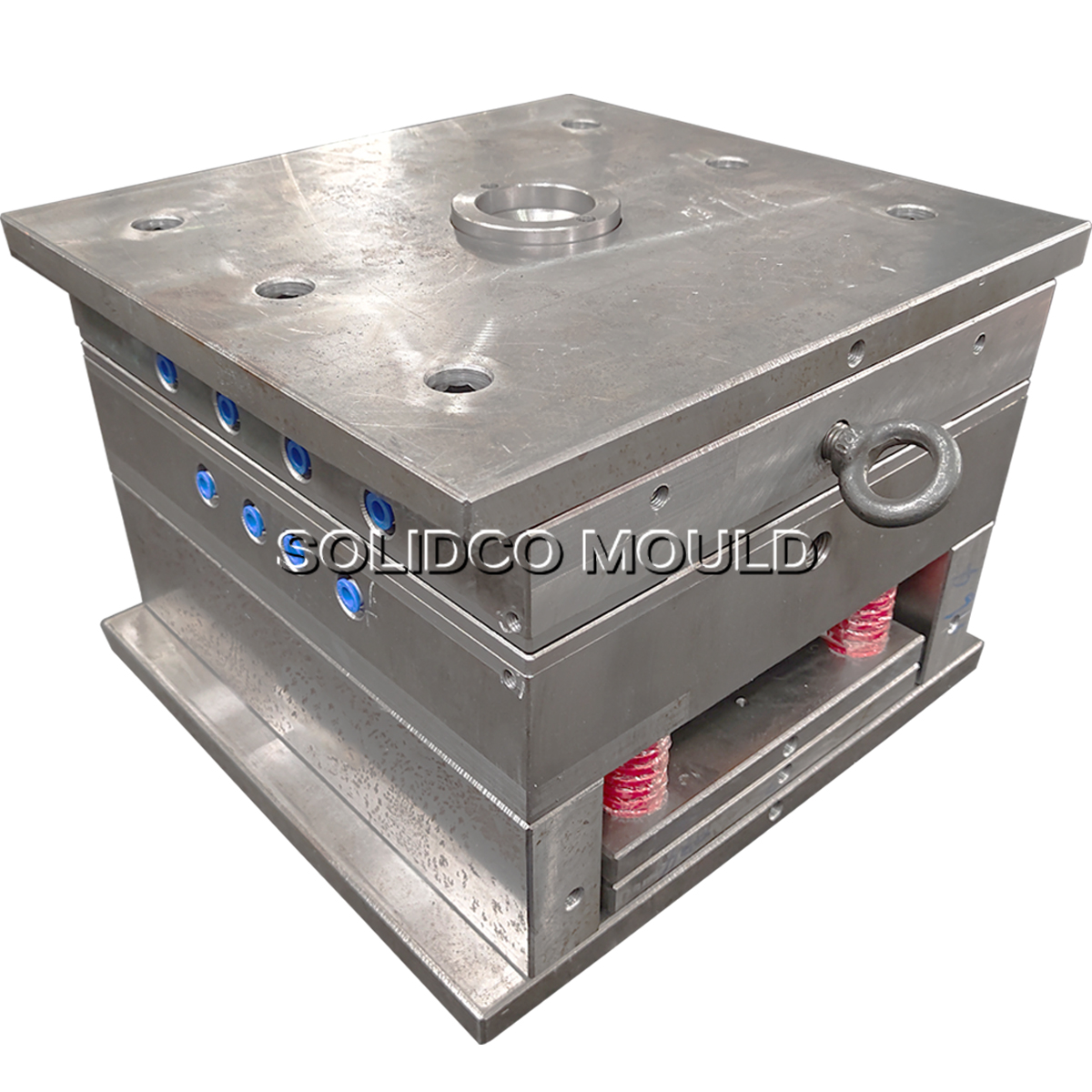Uneven shrinkage in a plastic part often results in uneven internal stress distribution. If this stress exceeds the part’s stiffness, it will cause warping and deformation, impacting its dimensional stability.
What is warping?
When internal stress (due to uneven shrinkage) > material stiffness => warping
Uneven shrinkage in a plastic part often results in uneven internal stress distribution. If this stress exceeds the part’s stiffness, it will cause warping and deformation, impacting its dimensional stability.
Four major causes of uneven shrinkage:
- Different melt temperatures: Higher melt temperatures result in greater shrinkage.
- Different cooling rates (crystalline materials):
Reason: Faster cooling rate < slower cooling rate (Reason: Slower cooling rates give molecules more time to align, resulting in greater shrinkage). - Different melt flow directions (amorphous materials): Simply put, directions along the melt flow have greater tensile internal stress, resulting in greater shrinkage. During the plastic filling process, the molecular chains align due to the flow alignment. Aligned polymer chains experience different stretching in the flow direction and perpendicular to the flow direction, resulting in different shrinkage behaviors. This is called directional shrinkage.
Generally speaking, shrinkage in the flow direction is higher than shrinkage perpendicular to the flow direction. This is because the polymer chains in the flow direction are stretched more and have a greater tendency to return to their unstretched state. Differential shrinkage due to flow alignment often causes warping in plastic parts. Therefore, breaking up molecular alignment can help achieve uniform shrinkage and reduce warping caused by directional shrinkage.
- Size Differences: Simply put, larger sizes shrink more.
Warp Areas Induced by Design:
Warp Areas Involving Wall Thickness
Thick wall areas are more difficult to cool and hold, requiring longer cooling times and poorer holding performance. After demolding, localized high temperatures are maintained, leading to continued cooling. Consequently, areas of thick wall thickness, such as ribs, are prone to localized shrinkage, resulting in sink marks in the part. Therefore, for parts with varying workpiece thickness, selecting the pouring location at the thicker part can facilitate holding pressure. Even if solidification occurs in the part, the holding pressure can still be smoothly transferred, reducing shrinkage.
Thickness Variation
Uniform part thickness can improve shrinkage. If part thickness is uneven, consider whether differential shrinkage due to varying cooling and holding pressure may cause part warpage and stress concentration in the thickness transition area.
Stress concentration in the thickness transition area (buffer zone) can cause short-term or long-term warpage and compromise the part’s mechanical properties. Ribs can be introduced to increase structural strength and reduce shrinkage. The contact area between the ribs and the part wall should be large enough to mitigate stress concentration and overcome flow resistance; however, care should be taken to prevent sink marks. Generally, sink mark size is also affected by the shrinkage characteristics of the plastic. While considering strength and stiffness, reducing part thickness through hollowing can help reduce shrinkage.
Molding Conditions and Deformation
Molding conditions that require special attention regarding deformation include injection and holding time, cooling time, injection speed, and mold temperature.
- Injection and Holding Time
The combined injection and holding time should be designed to be longer than the gate sealing time. If it is shorter than the gate sealing time, deformation may increase. - Cooling Time
Generally speaking, extending the cooling time reduces deformation. - Injection Speed
Depending on the shape of the molded part, faster injection speeds may result in less deformation, while slower injection speeds may result in less deformation. In actual molding, the injection speed should be varied to find the conditions that minimize deformation. - Mold Temperature
Lower mold temperatures result in less deformation. However, higher operating temperatures may lead to post-shrinkage deformation or dimensional changes. The mold temperature should be determined based on a comprehensive consideration of these factors.
